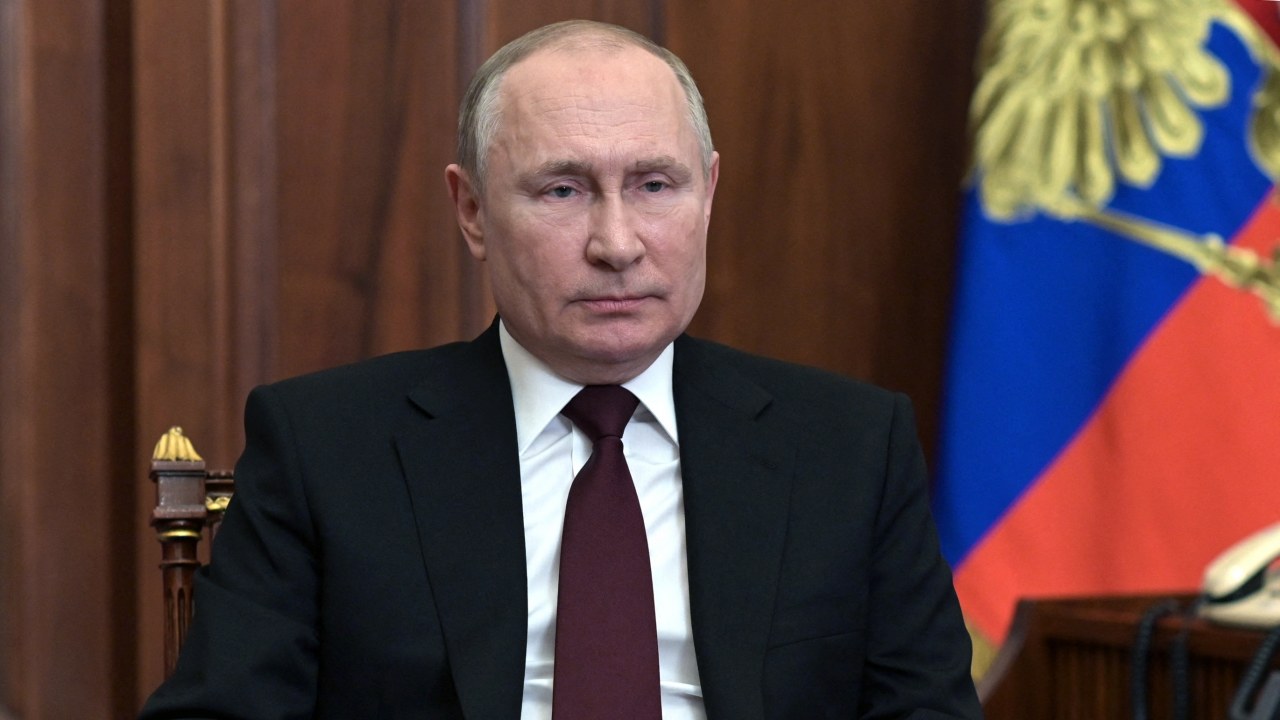
Unexpectedly entering a recession at the end of the previous year, Japan lost its position as the third-largest economy in the world to Germany, casting doubt on the timing of the central bank’s decision to cease its ultra-loose monetary policy that had been in place for ten years.
A difficult road to economic recovery is indicated by weak demand in China, slow consumption, and production halts at a Toyota Motor Corp (7203.T) business, according to some analysts, who are predicting another recession in the current quarter.
The slowdown in capital spending and consumption, two important pillars of domestic demand, is especially noticeable, according to Yoshiki Shinke, senior executive economist at Dai-ichi Life Research Institute.
“The economy will continue to lack momentum for the time being with no key drivers of growth.”
Government figures released on Thursday revealed that Japan’s gross domestic product (GDP) declined by an annualized 0.4% in the October–December quarter following a 3.3% decline in the previous quarter, defying market expectations for a 1.4% growth.
A technical recession is often defined as two consecutive quarters of contraction. The Bank of Japan’s prediction that growing wages will support consumption and sustainably contain inflation around its 2% target may be called into question in light of the poor data, even if many experts still expect the bank to phase off its enormous monetary stimulus this year.
Moody’s Analytics senior economist Stephan Angrick stated, “Two consecutive declines in GDP and three consecutive recession in domestic demand are bad news, even if revisions may change the final numbers at the margin.”
“This makes it harder for the central bank to justify a rate hike, let alone a series of hikes.” Yoshitaka Shindo, the minister of economy, emphasized that strong wage growth is necessary to support consumption, which he said was “lacking momentum” as a result of rising costs.
When asked about the implications on BOJ policy, he said at a news conference following the release of the data, “Our understanding is that the BOJ looks comprehensively at various data, including consumption, and risks to the economy in guiding monetary policy.”
Also read: As consumer prices plummet, China braces for the worst deflation since 2009.


Following the data explaining recession, the yen held stable and was last seen at 150.22 per dollar, close to a three-month low that was reached earlier this week.
Following the data, yields on Japanese government bonds decreased as some traders withdrew their bets on an early change in BOJ policy. At 0.715%, the benchmark 10-year yield fell 4 basis points. The data supports the BOJ’s recent pledges that borrowing costs will remain low even after negative rates stop. The Nikkei (.N225) opens new tab stock average soared to 34-year highs.
“It is difficult for the BOJ to shift toward monetary tightening due to weak domestic demand,” stated Naomi Muguruma, chief bond strategist at Mitsubishi UFJ Morgan Stanley Securities. “The hurdle for ending negative rates in March has risen.”
The research indicated that Japan’s nominal GDP in 2023 was $4.21 trillion, less than the $4.46 trillion needed for Germany to be the fourth-largest economy in the world.
More than half of economic activity is accounted for by private consumption, which decreased by 0.2% compared to market expectations of a 0.1% increase as mild weather and rising living expenses deterred people from dining out and purchasing winter clothing.
Another important driver of private sector growth, capital spending, decreased by 0.1% versus estimates of a 0.3% increase. For the third consecutive quarter, both capital spending and consumption decreased.
According to a quarterly study, large enterprises anticipate raising capital expenditure by a substantial 13.5% in the year that ends in March. However, experts note that a lack of labor and growing raw material costs have caused a delay in real investment.
Considered a leading indicator of capital spending, the most current statistics on machinery orders indicated a decrease in November, casting doubt on the BOJ’s belief that strong investment will support the economy.
Exports increased by 2.6% over the previous quarter, meaning that external demand—that is, exports less imports—contributed 0.2 percentage points to GDP.
According to individuals the BOJ has been preparing to remove negative rates by April and revise other aspects of its ultra-loose monetary framework. However, given the uncertainties that remain, any further policy tightening is probably going to be gradual.
The U.S. Federal Reserve is projected to lower borrowing prices this year and is now taking a break from its aggressive interest rate hikes. This would coincide with an exit from accommodating policy.
As the outlook for China and the United States improved in January, the International Monetary Fund revised up its prediction for global growth but issued a warning about potential risks that cause recession, such as geopolitical tensions in the Middle East.

































































































































































































































































































































































































































































































































































































































































































































































































